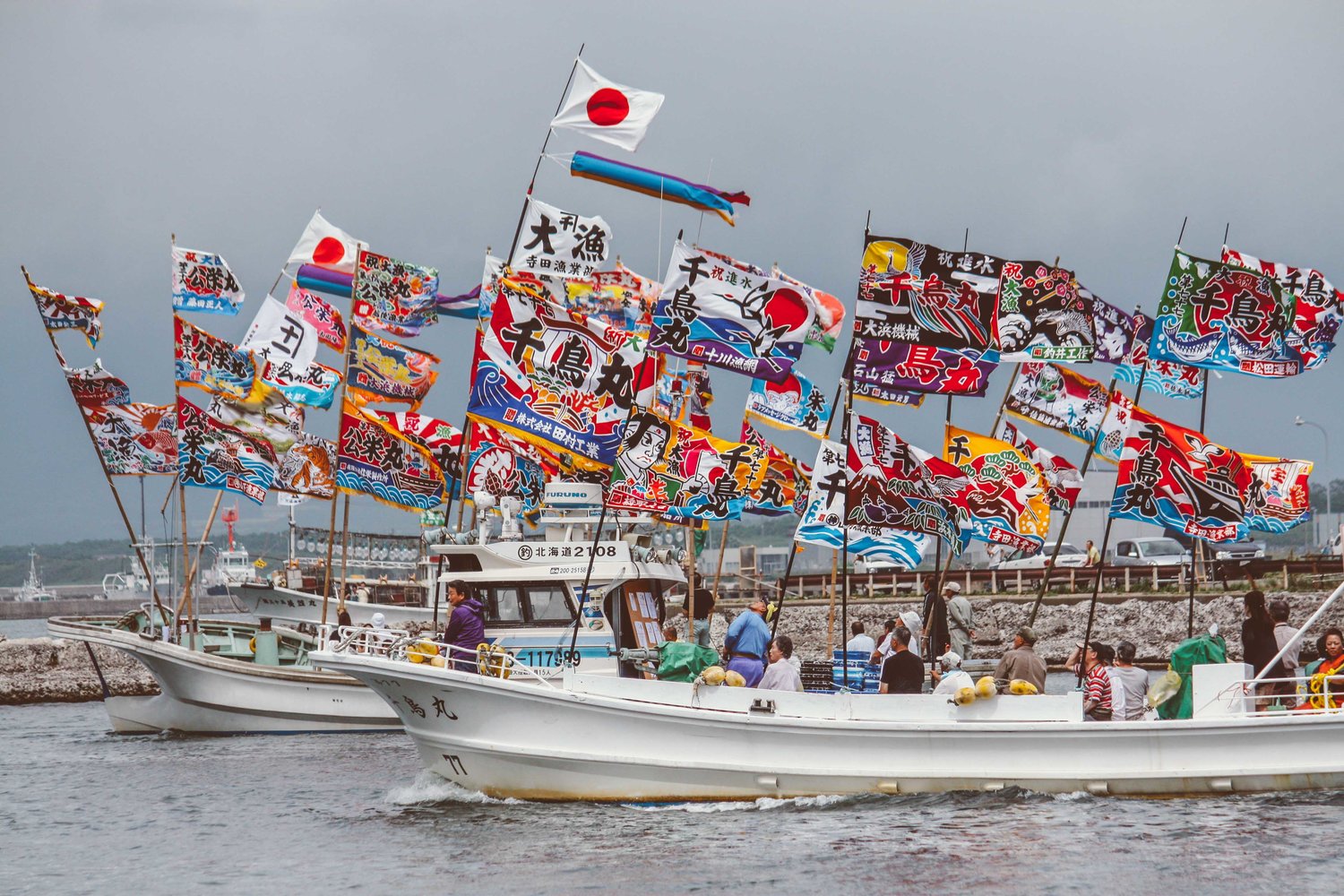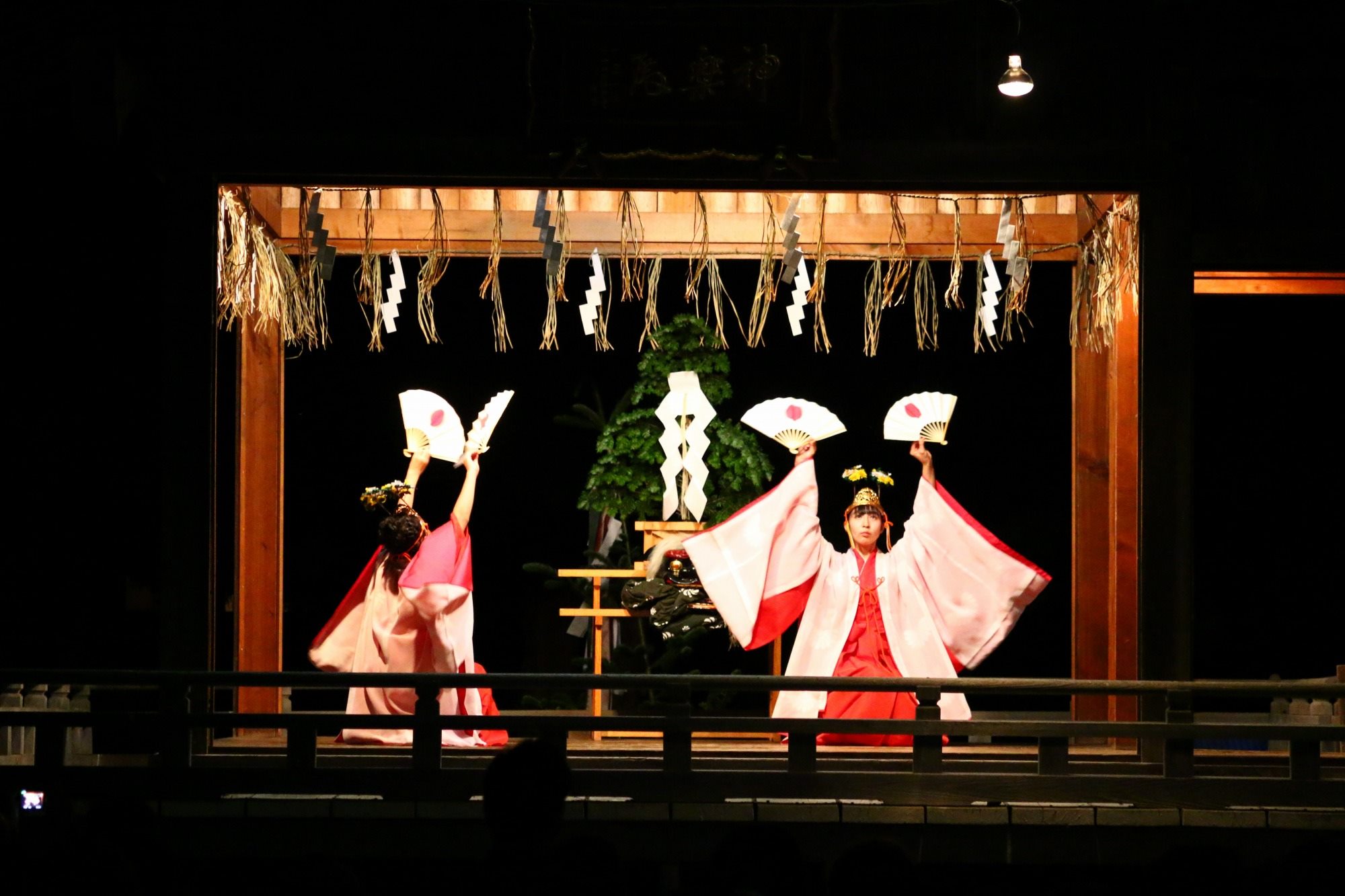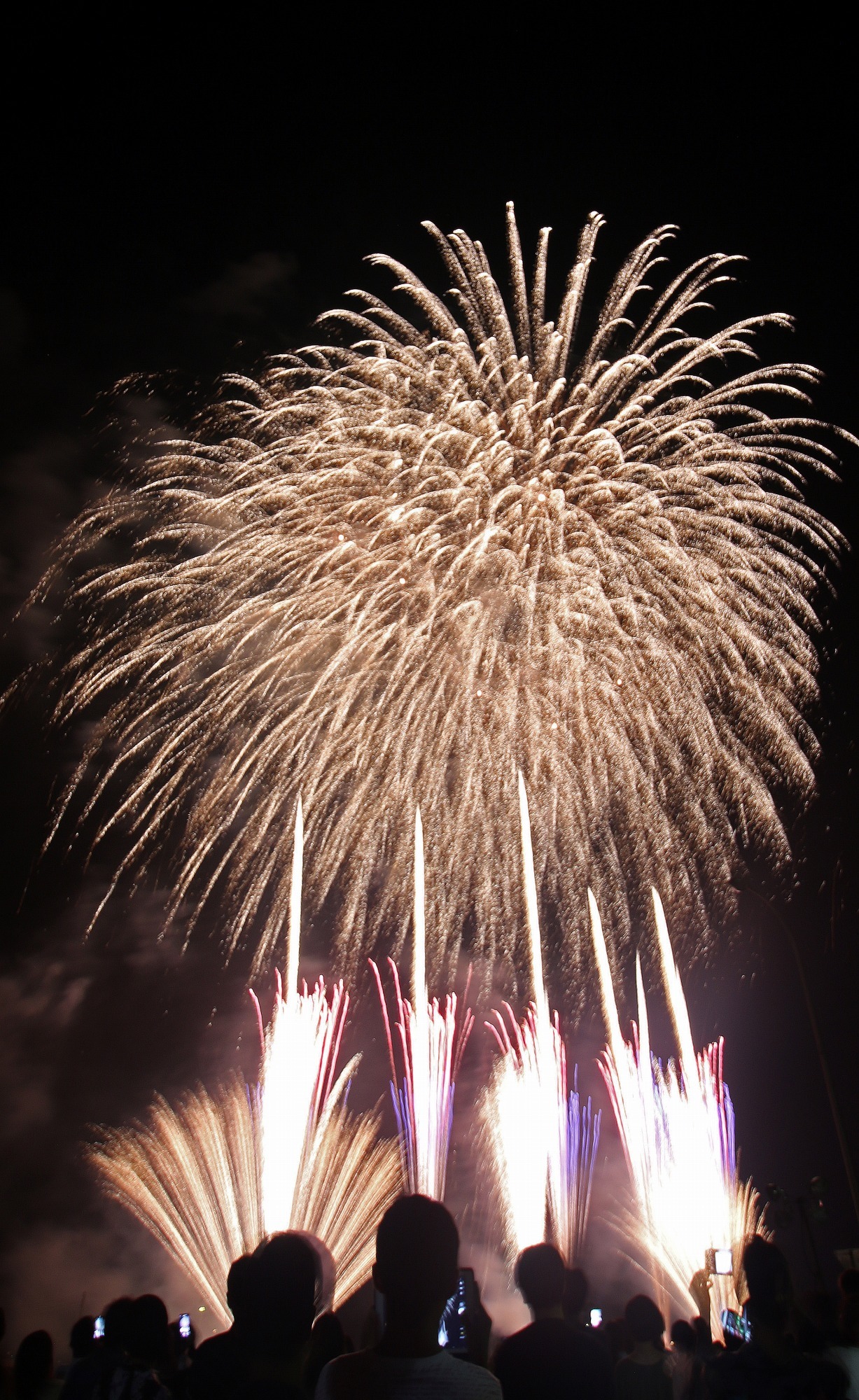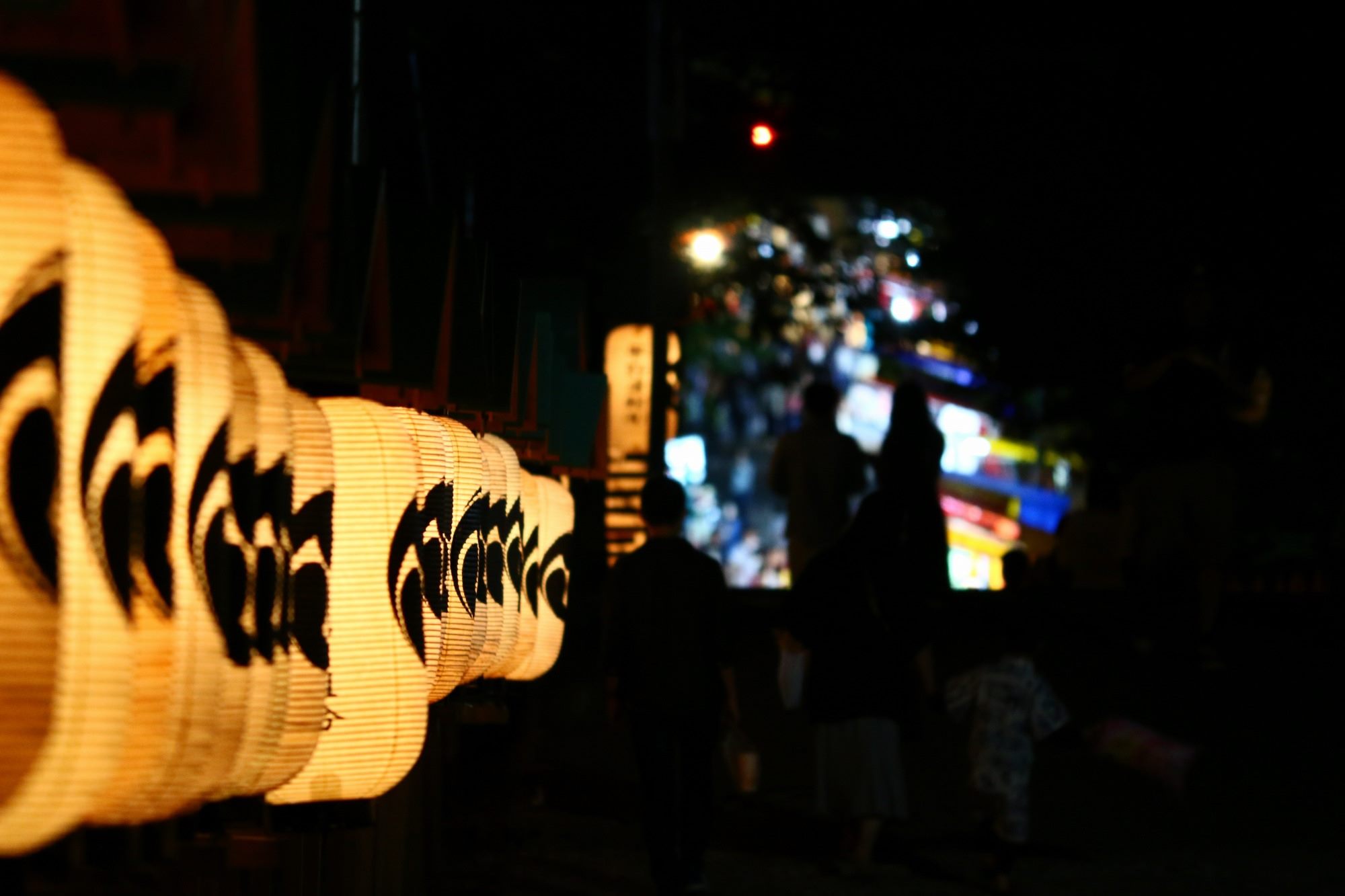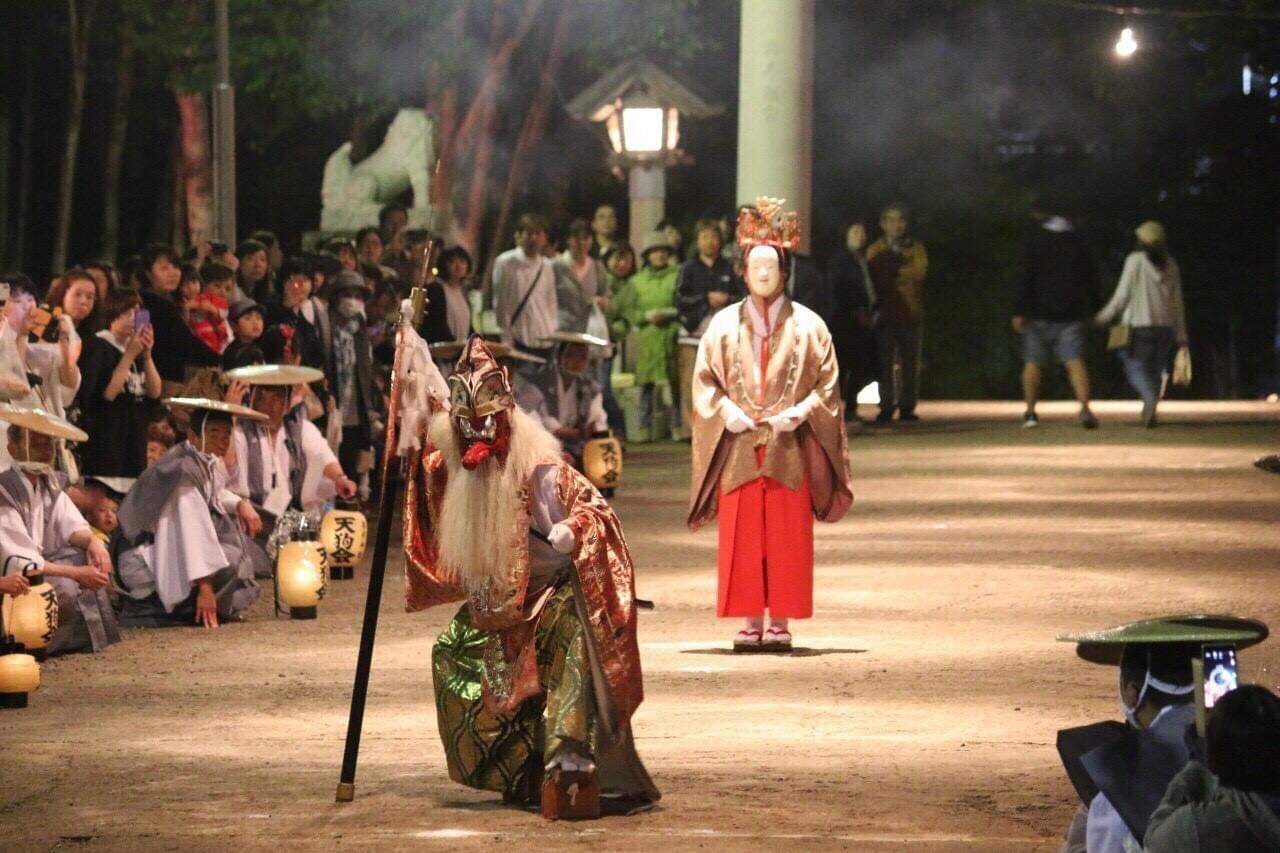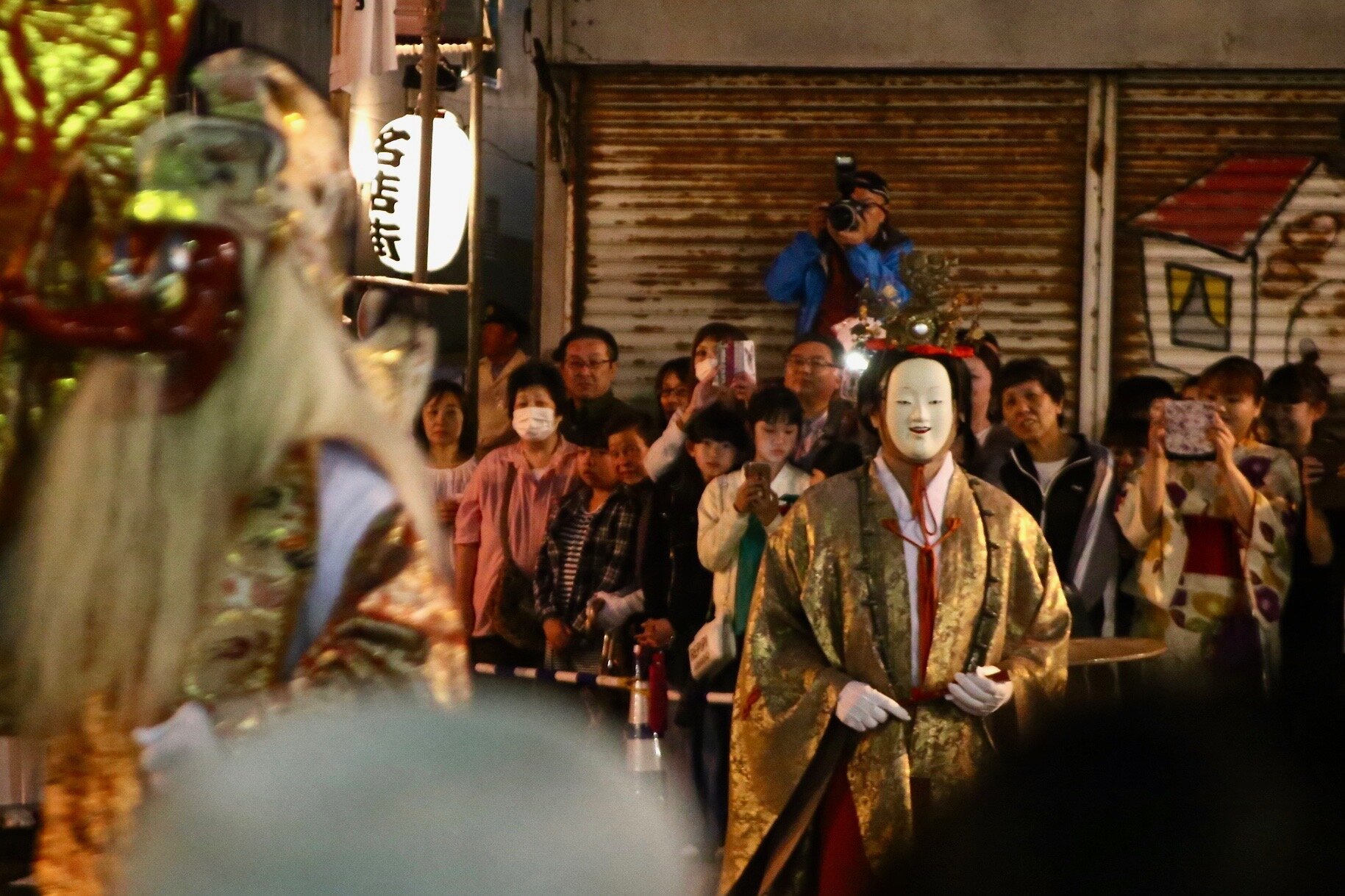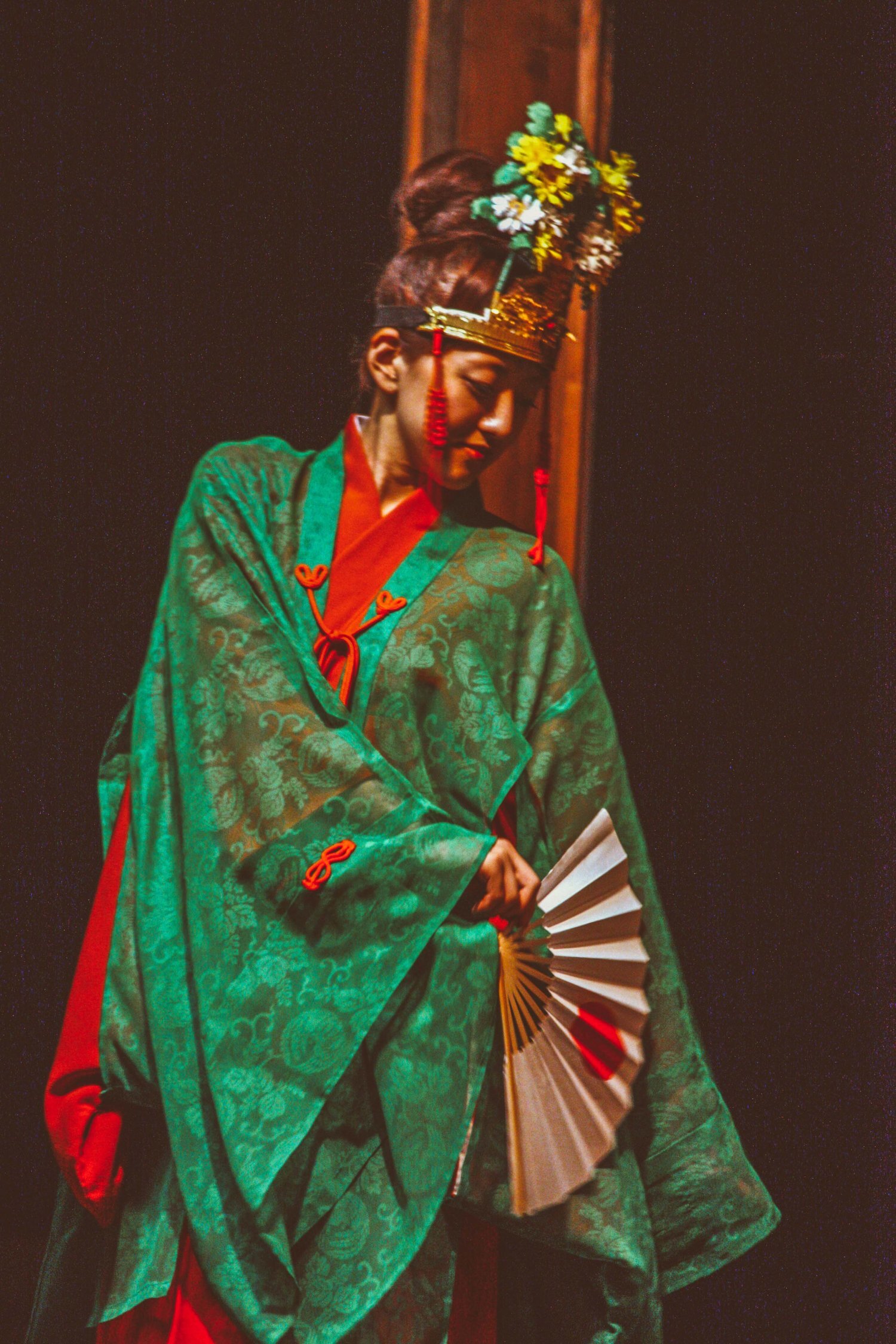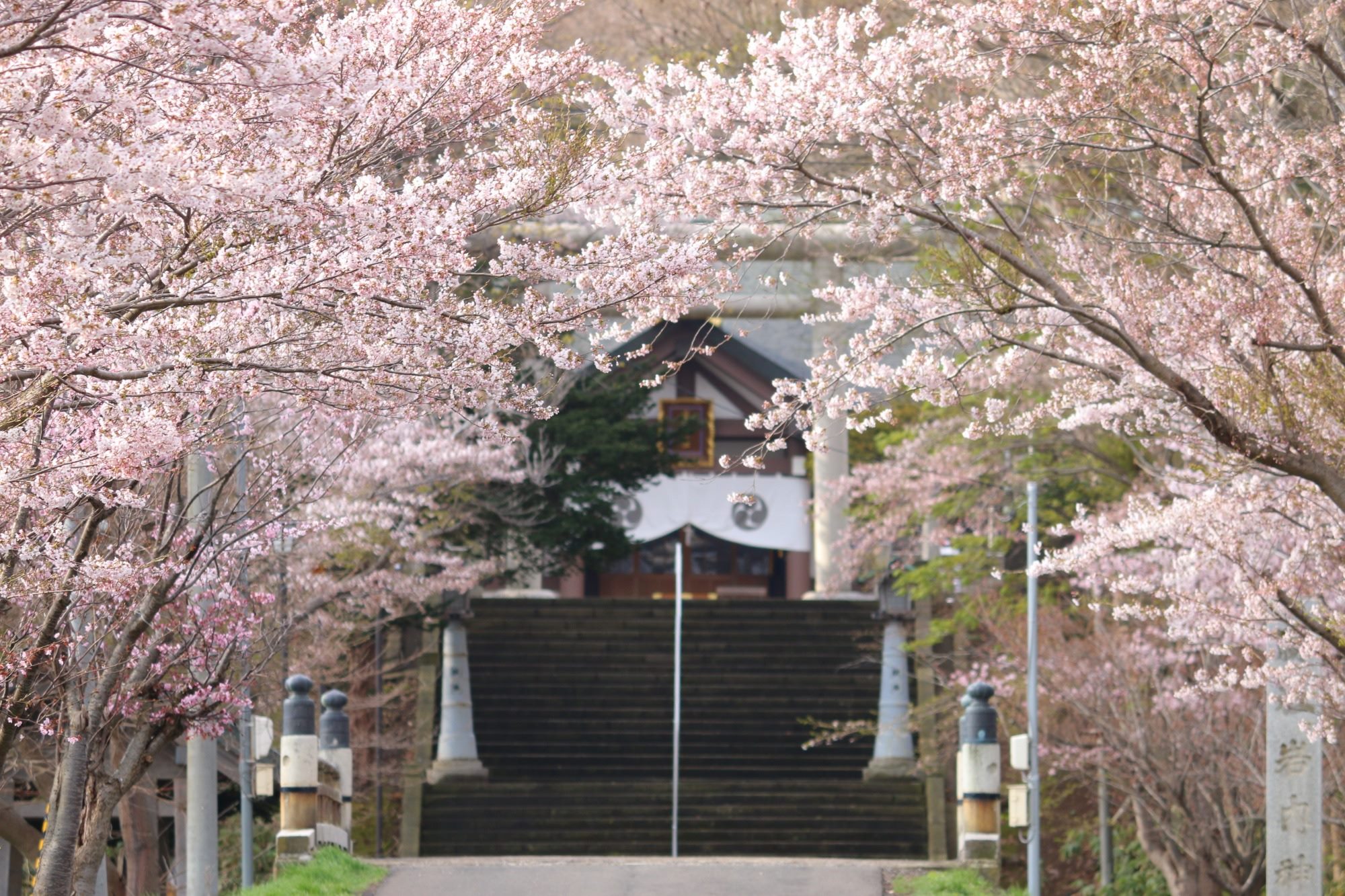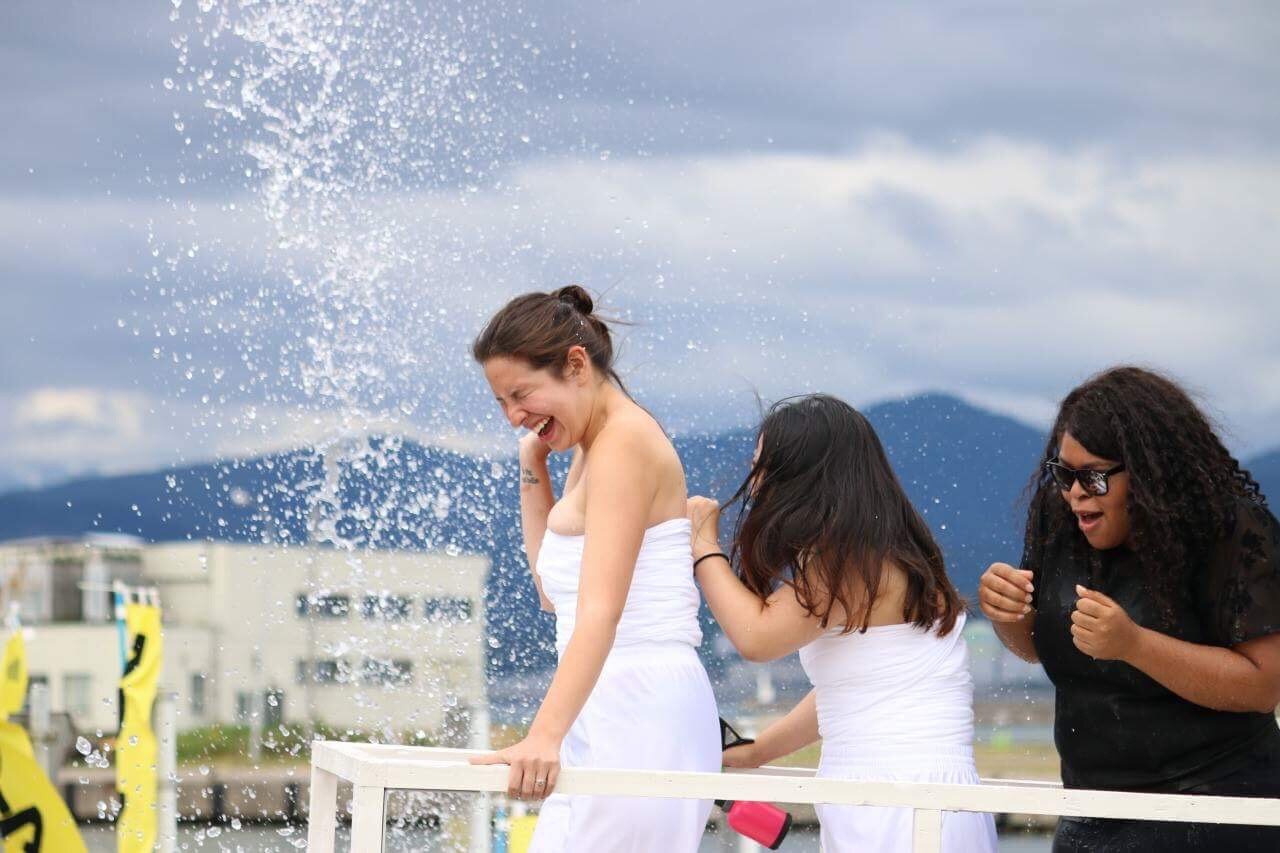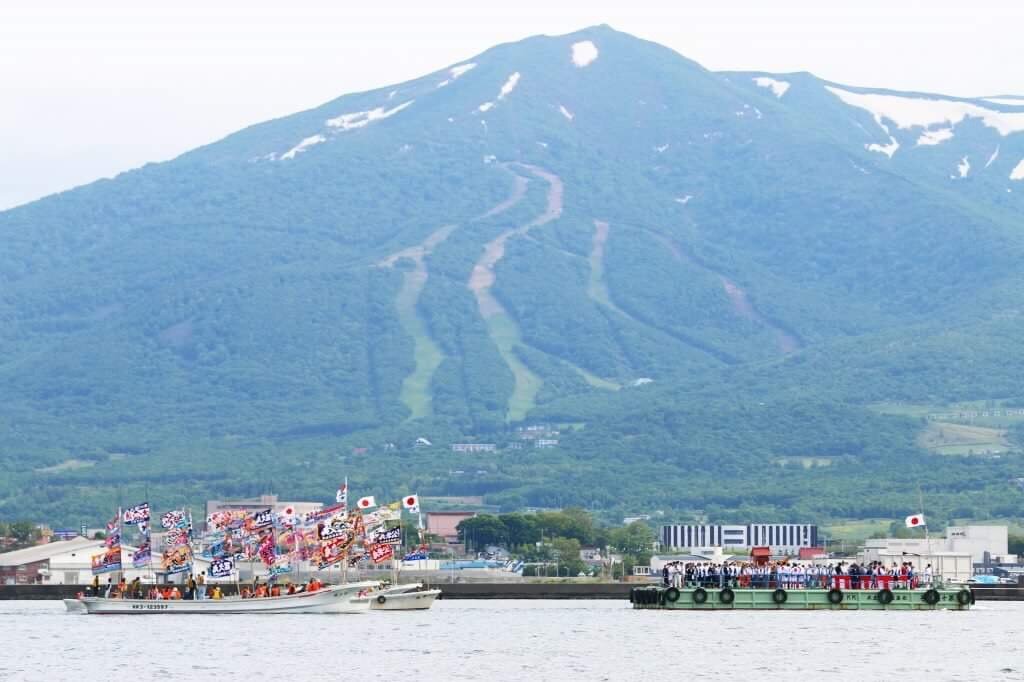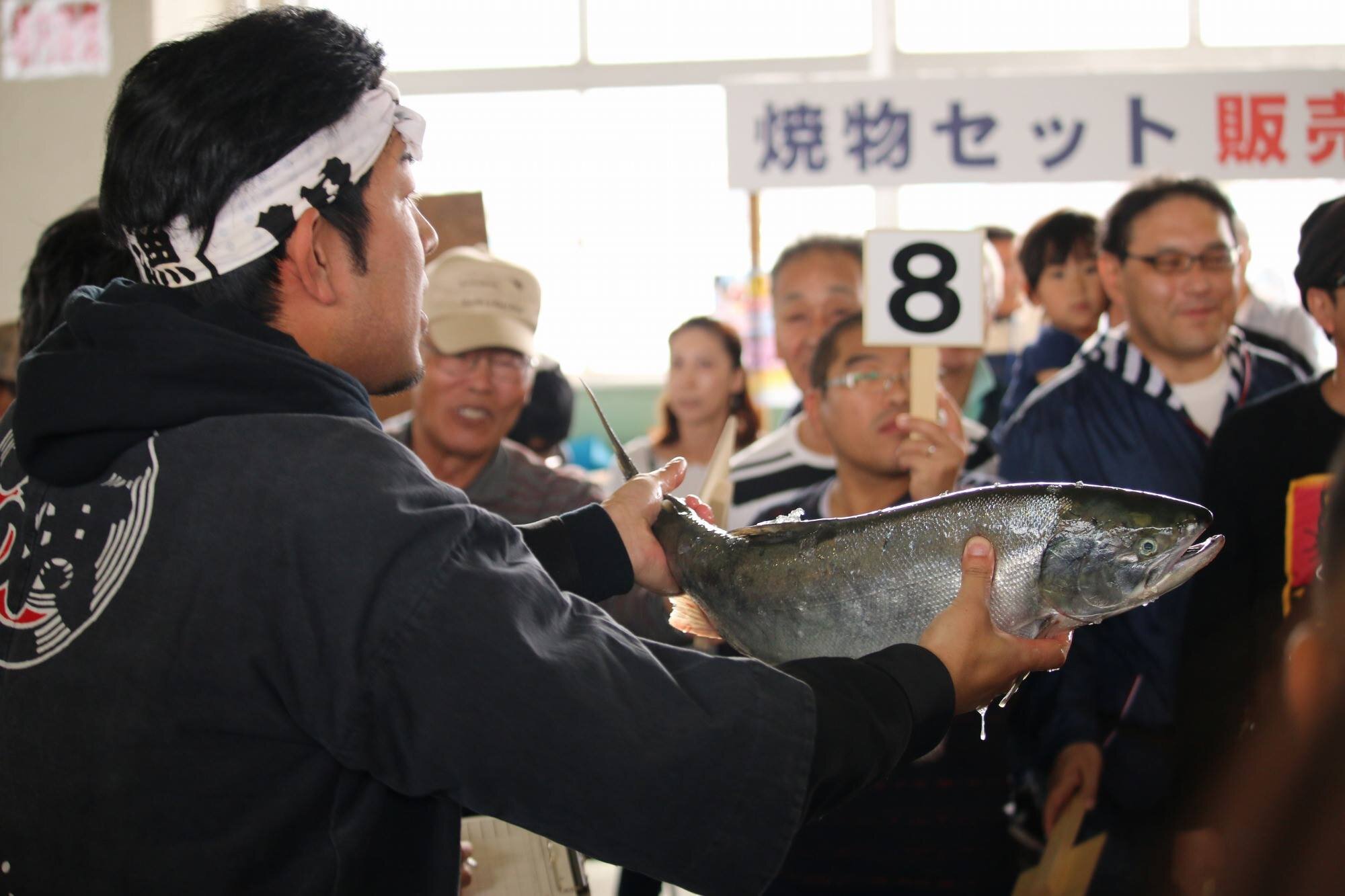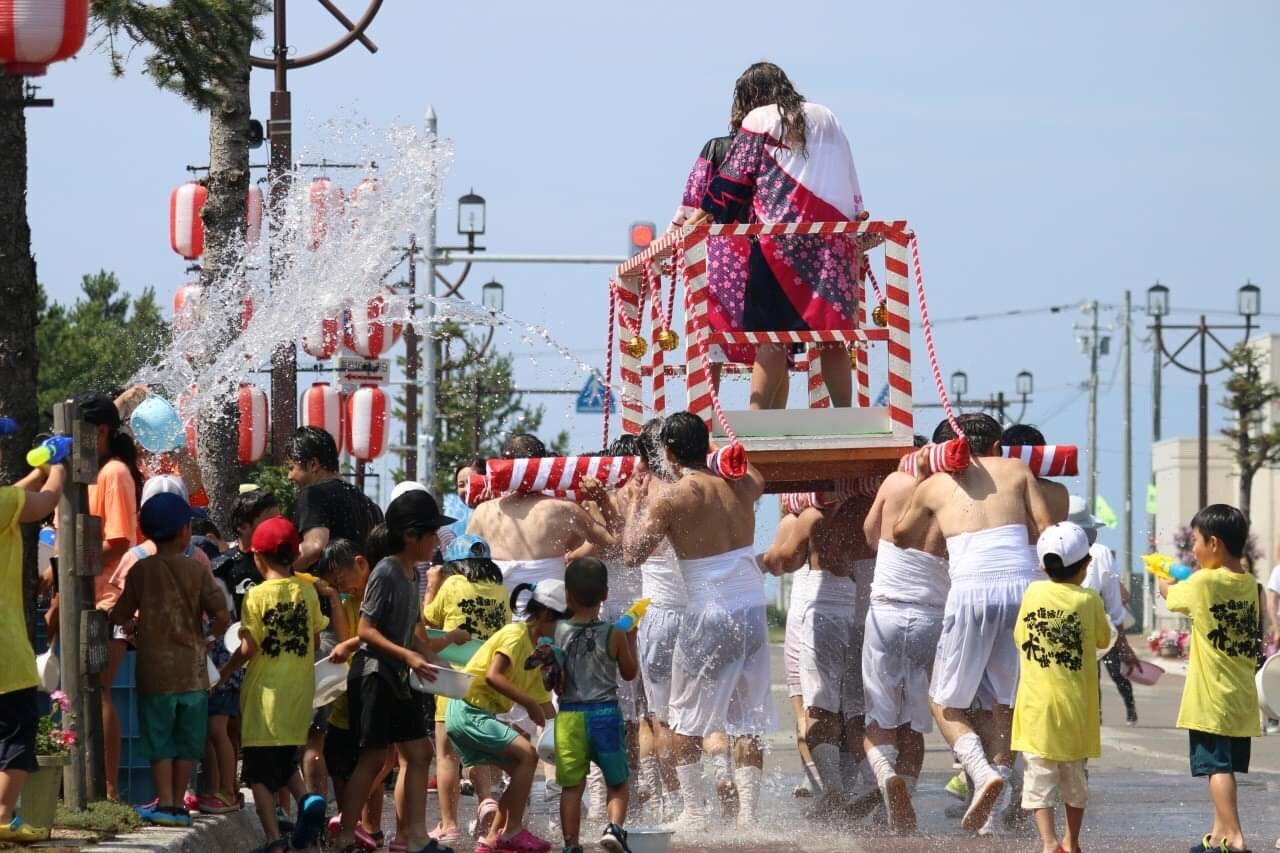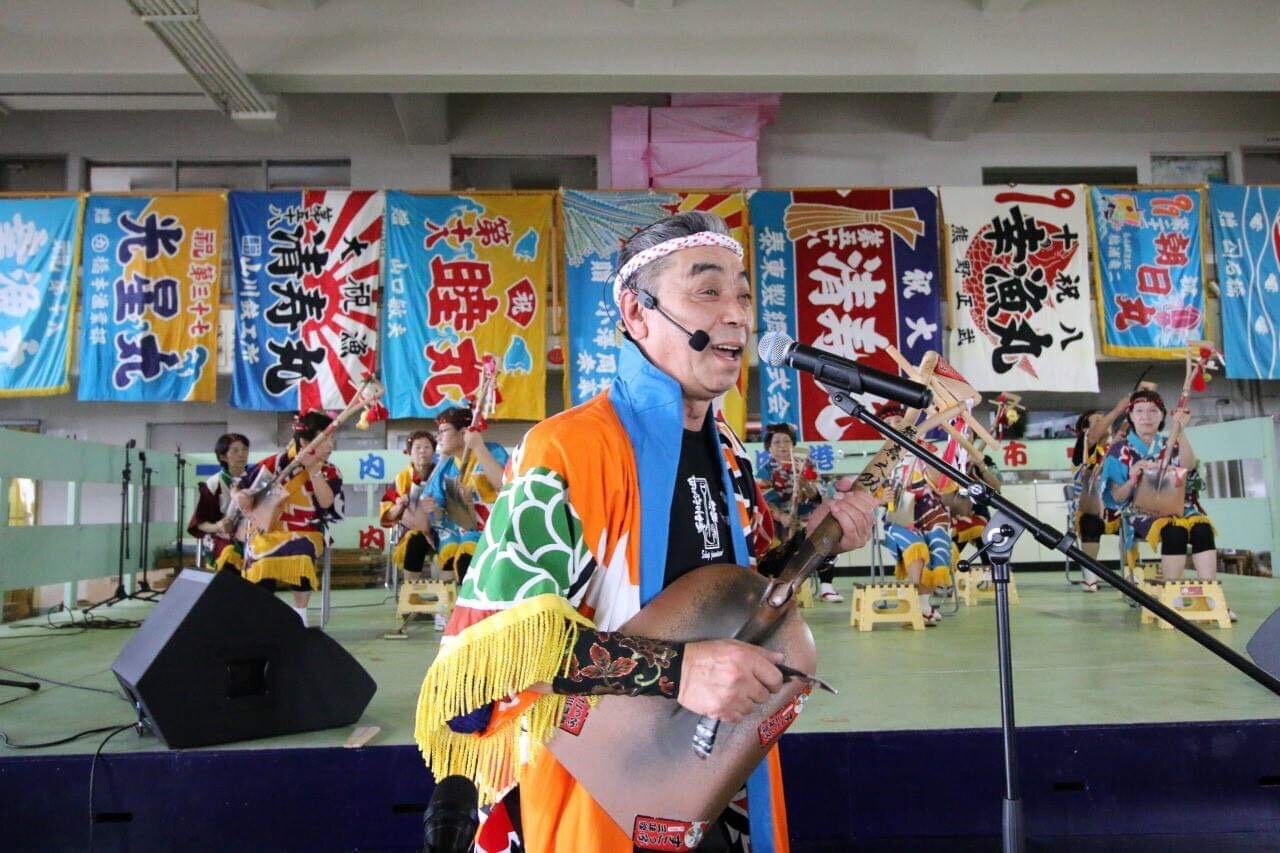HIDDEN HOKKAIDO
Of course, you’ve come for the powder...but stay for some authentic Hokkaido culture. Just 40 minutes from Niseko, Iwanai is far from crowds, tourists, and lines. This area is full of untapped travel potential and genuine experiences.
When visiting Iwanai village, you’ll find some unique shops, natural hot springs, and stunning museums. The town also boasts over 40 restaurants and 40 bars, making downtown Iwanai the most concentrated bar area per capita in Hokkaido (and #11 in all of Japan!). Or take a short drive down the coast and explore an older and slower Japan. The rugged Shakotan peninsula is home to a unique fisherman's culture that will surely leave a cultural mark on your trip to Japan. So much to see and do; let us point you in the right direction.
IWANAI HISTORY
To the untrained eye, Iwanai may appear to be much like any other coastal Hokkaido village. But scratch beneath the surface and discover a rich history that remains ever-present through its traditions, outstanding cuisine and in the exceptional character of its residents.
Evidence suggests that the indigenous Ainu inhabited the region for nearly 6,000 years before being discovered by the Japanese fishing industry. Unlike most other Hokkaido towns, Iwanai predates the Edo era, having started as a seasonal fishing village in 1450, making it one of the oldest towns in the prefecture. A local museum showcases this time of bountiful herring runs when the town would overflow with migrant fishermen. Such a heady time, even geisha were present among the wealthy. In 1869, the Meiji government gave Ezo the new name of Hokkaido and encouraged new settlements of the territory. As time passed and the town grew, Iwanai developed a unique culture and dialect that lives on today.
In more recent history, a massive fire in 1954 sadly destroyed most of the town, sparing only a few traditional businesses and homes. Despite this tragedy, modern Iwanai still offers various Shinto shrines and Buddhist temples intact or rebuilt in a conventional fashion. It's safe to say that Iwanai offers much living history and its people are a testament to a proud frontier spirit.
SHRINE FESTIVAL
The Iwanai Shinto Festival is famous for its pageantry and active participation. For three days every July, the town shuts down and the locals come out for an extravagant celebration. Continuing for over 240 years, the Shrine Festival is a cultural masterpiece, where layers of history and showmanship unfold. Watch as the devil Tengu, the protective yet still dangerous spirit of the mountain comes to cast his staff on area shops. Over 400 participants meander through the streets and even on the water as the parade takes its turns over three days.



